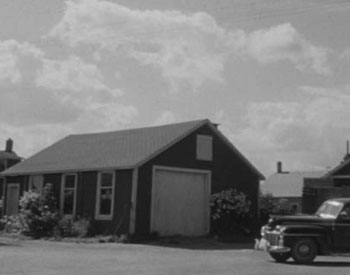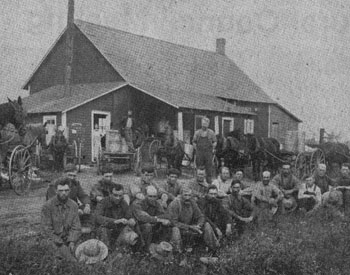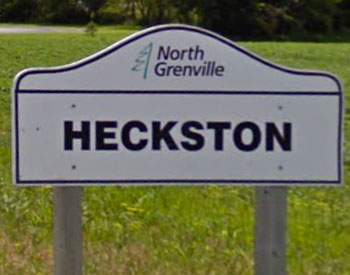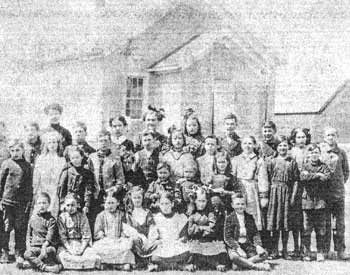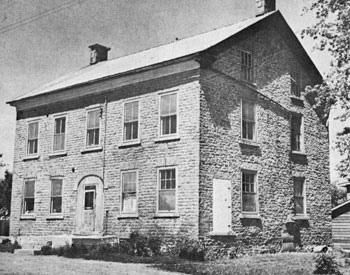
Wilson’s Inn was a large 2 1⁄2-storey building built in the early 1800s. Constructed of locally quarried limestone, it had 18" stone walls and a 3" pine floor. A stable for stagecoach horses originally stood behind the building.
Since the stagecoach days, the building had served as a store, apartments, and a community centre. At times up to four families at once lived in the building. A series of folding doors allowed the 2nd floor to become one large room so dances and community events were often held there.
In 1950 Angus Gilmer purchased the building and operated it as a general store and gas station. Most general stores at the time had a few chairs around the stove where locals could catch up, and this one was no exception.
A fire in the 1980s destroyed what was then still the Heckston General Store, run by the Christie family, and it was rebuilt as the one-storey building you see today.

